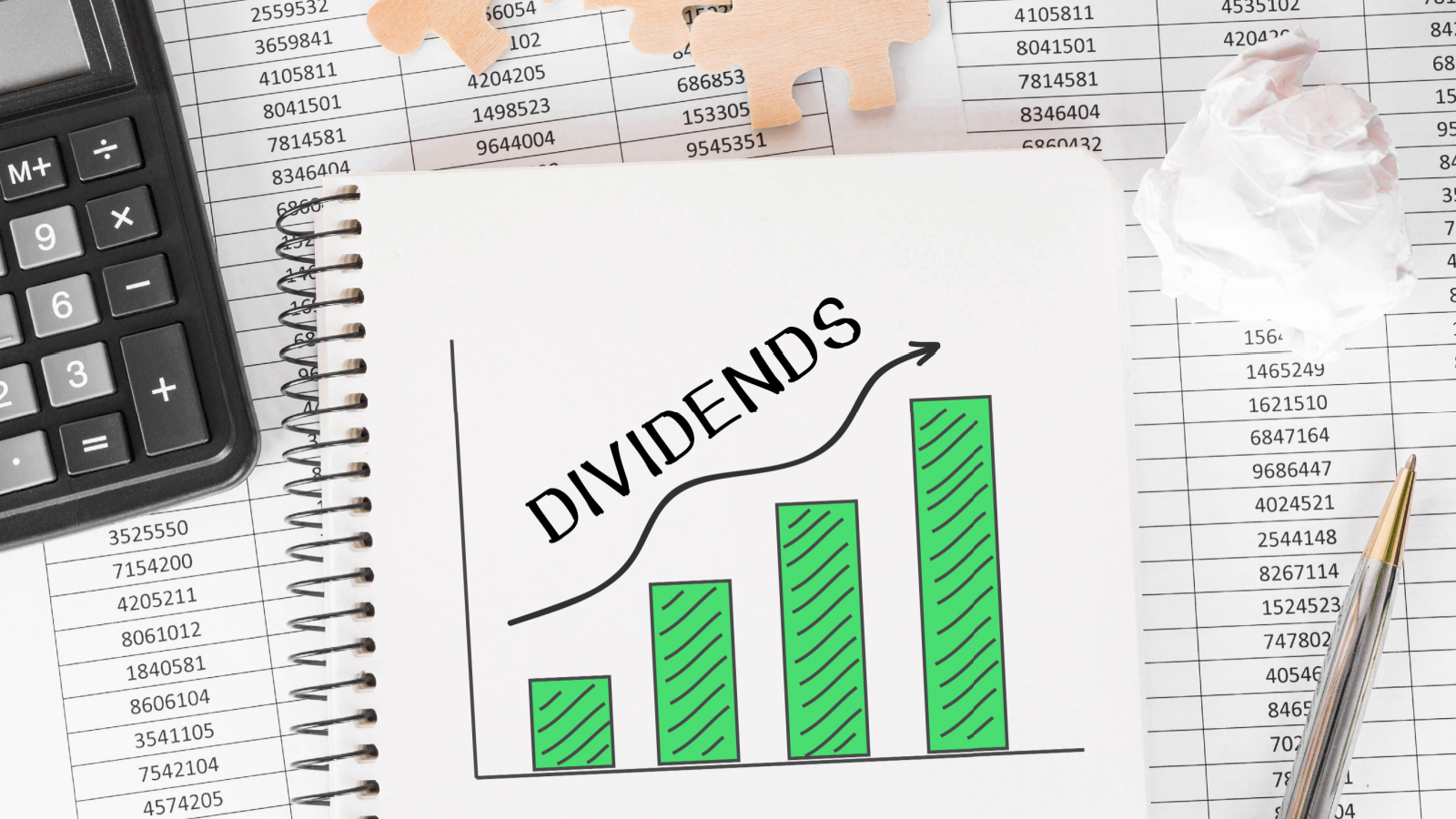
While traders are naturally attracted to high-growth stocks that deliver impressive returns, savvy investors prefer dividend stocks. Growth stocks can be highly rewarding if picked correctly, but they also carry greater risk. Focusing solely on growth means a portfolio may have vulnerabilities if market conditions change unexpectedly. Therefore, buying dividend stocks as part of an overall trading strategy is prudent. It provides more stability and reliable returns on investment.
Dividend stocks can perform well in volatile markets. This year, factors like the upcoming U.S. presidential election and uncertainty around future central bank policy actions may contribute to increased stock market fluctuations. Geopolitical issues also raise risks. In this climate, dividend stocks can shore up any weak portfolio areas and help ensure steady investment returns, even if issues at home or abroad cause turbulence.
Now may be a good time for investors and traders to consider which quality dividend stocks to buy.
AT&T (T)

AT&T (NYSE:T), the major telecommunications provider, previously diversified into media but faced reputational issues among investors. In 2022, it divested its final entertainment asset and refocused on core utilities of telecommunications and internet services. That allowed the company to focus on other solutions, including 5G, which offers long-term stability to income investors.
The AT&T share price declined following strategic change as the market accepted a more subtle growth that aligns with utilities over entertainment. However, the company is now gaining control over the fiber optic rollout, with industry-low churn guiding broadband revenue growth to 7% this year.
Despite its share price falling, AT&T maintained a solid annual dividend yield of 6.1%. That remains seemingly secure as free cash flow (FCF) is projected to rise this year to $17 to $18 billion from $16.8 billion in 2023. With a price-to-earnings (P/E) ratio of 9.7x, well below the utilities sector average of 20.9x, AT&T stock strongly appeals as one of the dividend stocks to buy.
Ares Capital (ARCC)

Ares Capital (NASDAQ:ARCC) is one of the largest business development companies (BDC) globally, with $23 billion in assets. It operates similarly to a bank by providing loans to mid-sized businesses. As middle-market companies seek capital, Ares Capital is well-positioned to benefit from the current interest rate environment.
The company differentiates itself by considering various businesses with strong cash flow. That allows it to maintain a low non-accrual rate of 1.7%, below the industry average of 3.28%. As a result, ARCC is an attractive option for investors looking for the next dividend stocks to buy.
Ares Capital offers a high dividend yield of 8.9% while trading at a low P/E ratio of 7.3x. The company has shown resilience during turbulent times, such as the pandemic, when it only trimmed its dividend by a modest 5%. Given its stable cash flows and defensive and committed positioning to dividends, Ares Capital represents one of the top dividend stocks to consider.
Altria Group (MO)

The tobacco industry is often not favored among investors due to declining interest in cigarette smoking. However, tobacco companies maintain a consistent customer base and continue generating profits despite shifts in consumer demand. Altria’s (NYSE:MO) profit margins stood at 45% in March.
Altria carefully considers offering an attractive dividend to appeal to investors with reservations about its business model. That allows the company to join the exclusive group of Dividend Kings, defined as those raising dividends for 50 or more years in a row. Moreover, as part of its efforts, it sold a portion of its stake to buy back its own stock in March.
Altria provides the highest dividend yield among Dividend Kings at 8.5%. The stock also trades at a low P/E ratio of 9.7x, making it potentially one of the dividend stocks to buy. For context, defensive stocks typically have a P/E ratio of 19x or below.
On the date of publication, Stavros Tousios did not hold (either directly or indirectly) any positions in the securities mentioned in this article. The opinions expressed in this article are those of the writer, subject to the InvestorPlace.com Publishing Guidelines.





